If you’re currently looking for a new position, you’re probably looking at many job descriptions each day. All of the different terminologies can get confusing. If you’re not sure what the difference is between contract to hire and direct hire is, we’re here to help! We’ll break down all the different ways a job can be classified, and what they mean. In addition, we’ll discuss the different payment structures and work hours as well.
Time of Employment
Full-Time
We’ll begin by discussing employment hours. If you’re already familiar with full-time and part-time, feel free to skip to the next section. Full-time employees are typically defined as those who work more than 35 hours per week. However, this is ultimately defined by the place of employment. 40 hours as full-time is the status quo, but it’s not always the case. It all depends on how the company chooses to define full-time. Full-time employees are eligible for benefits such as medical, PTO, holidays, and health insurance. These employees are usually expected to log 8 hours of work a day. However, there are other weekly schedules for employees. Full-time employees are paid hourly, or salaried.
Part-Time
If full-time is working equal to or greater than a certain set number of hours, it would stand to reason that part-time means working less. Typically, part-time workers are paid slightly less, and they are seen as less integral to the overall organization. Part-time employees also don’t typically receive benefits from their employers, although there are exceptions. People who choose to work those shifts usually do so because they have significant commitments that keep them from fulfilling the obligations of a full-time position. Part-time positions are typically paid hourly, but can also be salaried.
Term of Employment
Direct Hire / Permanent
If a company has a long term hiring need, they will hire for a permanent position (also known as direct hire). Typically, these positions are full time, but some are not. There is no set end date for the hiring contract, so it is indefinite until the employee is let go or leaves. Since the commitment is greater for permanent employees, the hiring process can take some time. Companies want to be sure they are choosing the right candidate for the job. Permanent employees are also eligible for benefits such as medical, healthcare, dental, vision, retirement, PTO, etc. If a permanent employee is hired through a recruiter, they go immediately onto the company’s payroll day one.
Contract / Temporary
With a contract or temporary position, there is a set start and end date. These types of roles are usually filling in for a full time employee who out due to vacation, maternity leave, out sick, etc. It’s also possible that a company is hiring workers for a project that will only last a definite amount of time. This amount of time could be anywhere from a week to a year or more. For this time, employees are paid an hourly rate. Also, contract workers aren’t usually entitled to the benefits permanent employees have. Unlike contract to hire positions, there is no formal consideration given to going permanent after the contract ends. With contract positions, typically the hiring process is quick, since the positions are time sensitive. In the event that you are hired by a recruiting firm, you would be paid through the firm instead of the company.
Contract to Hire / Temp to Perm
These types of positions are similar to contract, with one caveat. At the end of the employees contract, the position may go permanent. This acts as a trial period for the employee to prove themselves to the organization. After that time, the company will opt to proceed with, or end the employment. The pay for a contract to hire job is typically hourly but could shift when an employee is hired permanently. If this occurs and you were hired through a recruiter, you would then switch over to the company’s payroll.
- LATEST READS FROM WALRATH RECRUITING:









